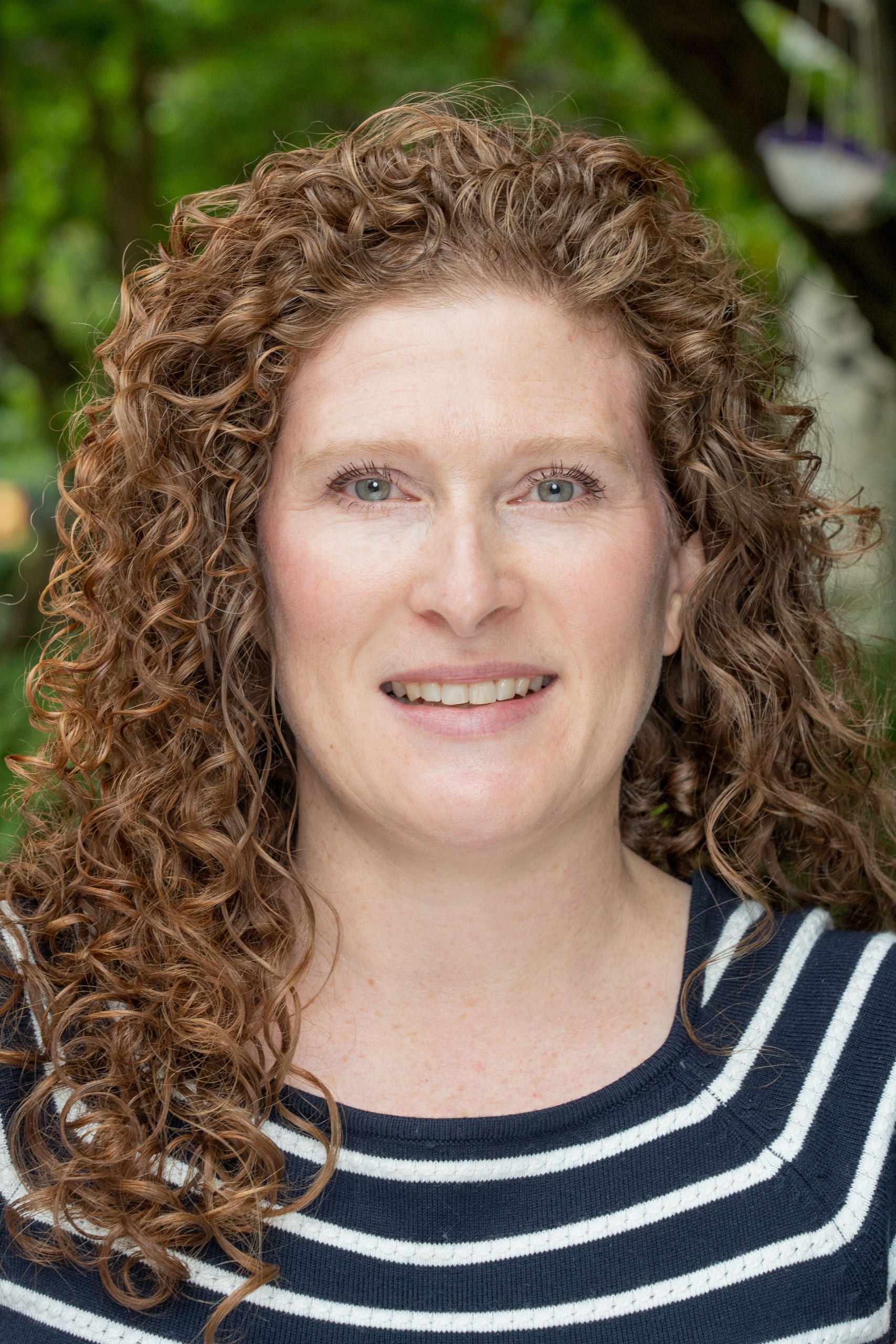
I have three kids, and none of them arrived with an instruction manual. I consulted parenting books, provided educational toys, read the Wall Street Journal to my first newborn because that was supposed to be beneficial, built alphabet train puzzles and attempted to instill a love of books and reading.
Despite all of these efforts, our first child struggled in school even with support like extra small group instruction, reading club and afterschool programs. We learned she had dyslexia, dysgraphia and dyscalculia late in first grade.
I began researching to understand what these conditions meant for her learning and how we could support her at home and in school. I looked at area schools which specialize in kids with language-based learning differences and decided to try the summer enrichment program at AIM Academy.
She had so much to say after her first day at camp, which meant something was already different. Only days later, she was explaining to me the math she was working on—a subject she previously found a mystery. I met the drama teacher who told me how outgoing my child was and how well she was doing in the theater production. I tried not to appear too shocked at this contrasting picture of my shy child who struggled to remember words or speak up in front of anyone. We learned that summer that AIM speaks her language.
It’s been almost four years since my daughter became an AIM student, starting in the third grade. Not only has the experience turned our daughter into a confident learner who understands how her brain works, but it has also transformed my parental and professional journey. Like AIM founders Pat Roberts and Nancy Blair, who never dreamed of opening a school until they started supporting their daughters who have dyslexia, my children’s experience with learning differences has changed my path.
Since I did everything I could to figure out on my own how to help my daughter, I realized I wanted to help other kids or families in some capacity. I began taking some of the literacy professional development courses offered through AIM Institute and working to become certified in the Wilson Reading System, which is taught to AIM students.
AIM now speaks my entire family’s language. Both of my daughter’s siblings have similar learning diagnoses. After watching them struggle to learn while their peers pulled ahead in reading, writing and math, we knew they also needed the type of specialized educational environment AIM provides.
I also have the privilege of helping other families—many just starting their literacy journey—in my capacity within AIM’s admissions and enrollment department. I enjoy speaking to families and assisting them in looking for a right-fit school for their children. I know how hard the decision is as a parent, and if I can help other parents along this journey, it’s a good day.
My children work hard, but now they are retaining information and applying new skills. I am learning about the Middle Ages from one child who managed to relay enough information from the first few days of school that I thought the information had been taken from learning in a previous year. We have some lively conversations at the dinner table and in the car discussing how to divide a syllable, where the digraph is in the word, is the vowel sound long or short and how our brains are wired differently.
If I’m wondering how my youngest is progressing, I just have to ask him what he likes about AIM. His recent response to this question: “I’m starting to learn.”
Katherine Rohan Grosh is a mom of a student at AIM Academy in Conshohocken, Pennsylvania. Learn more about AIM Academy by visiting aimpa.org.
My Turn gives our readers a voice. To submit a piece for consideration, email us at [email protected]. My Turn opinion pieces do not necessarily reflect the views of Metro Kids.





